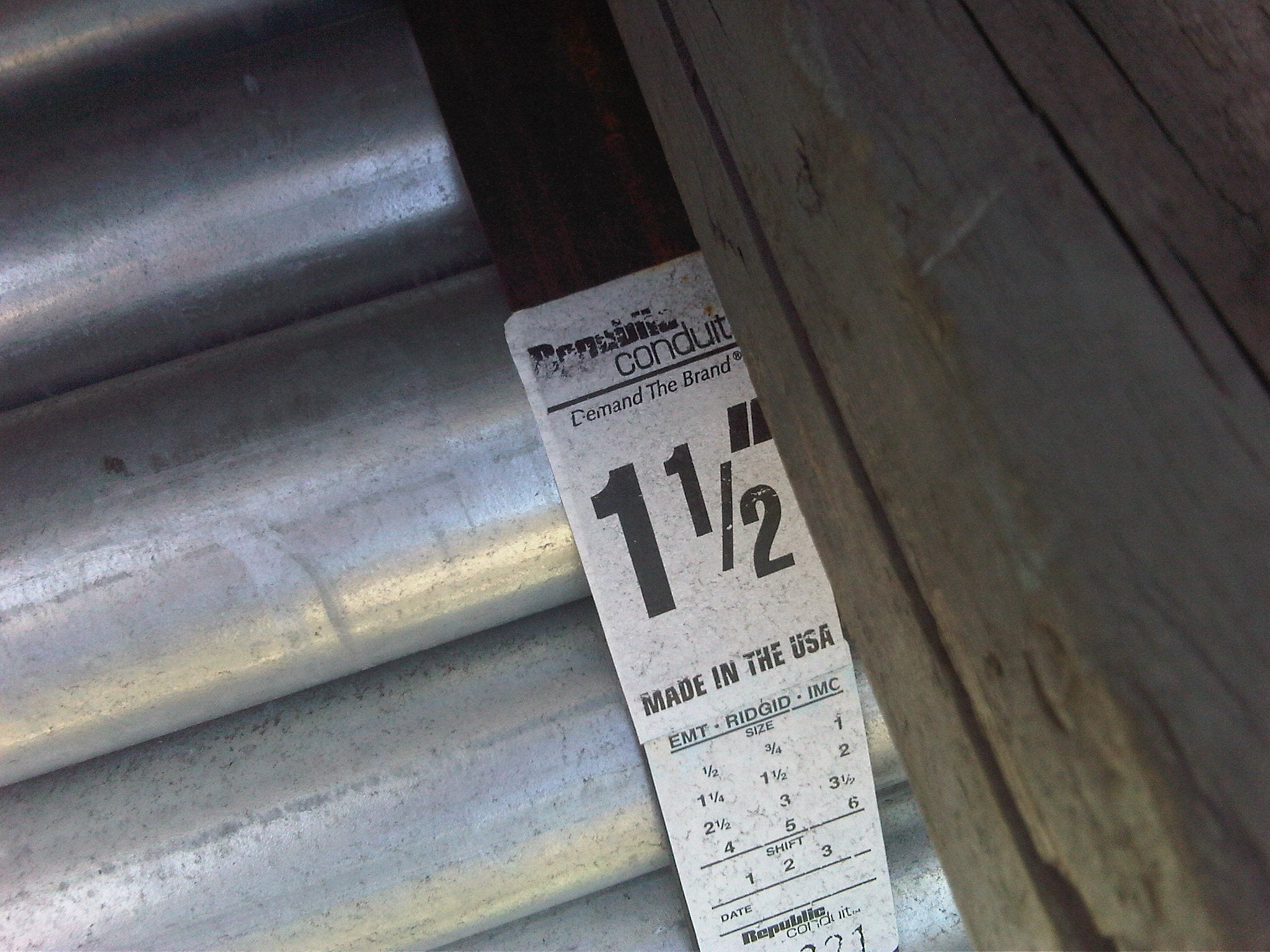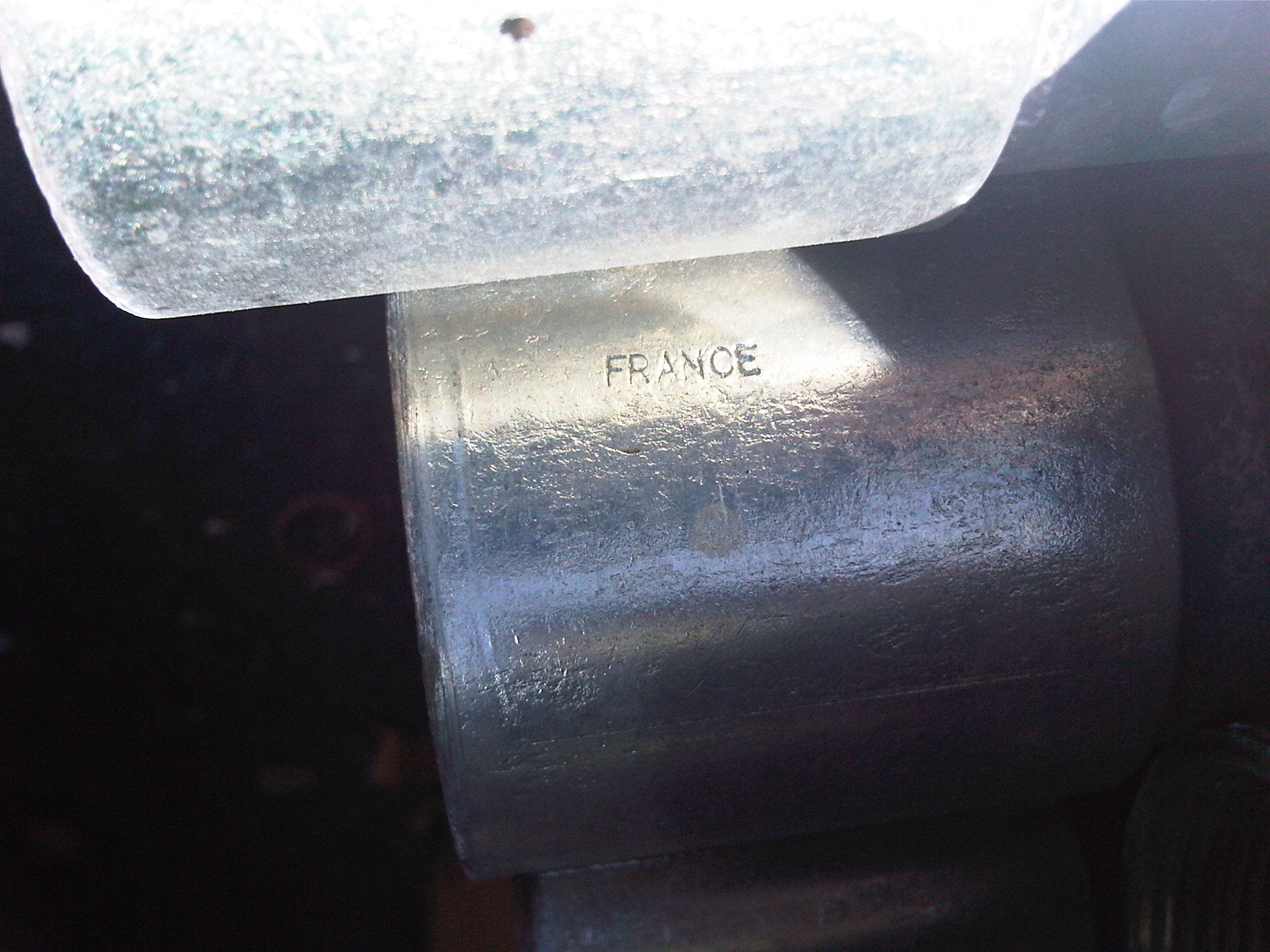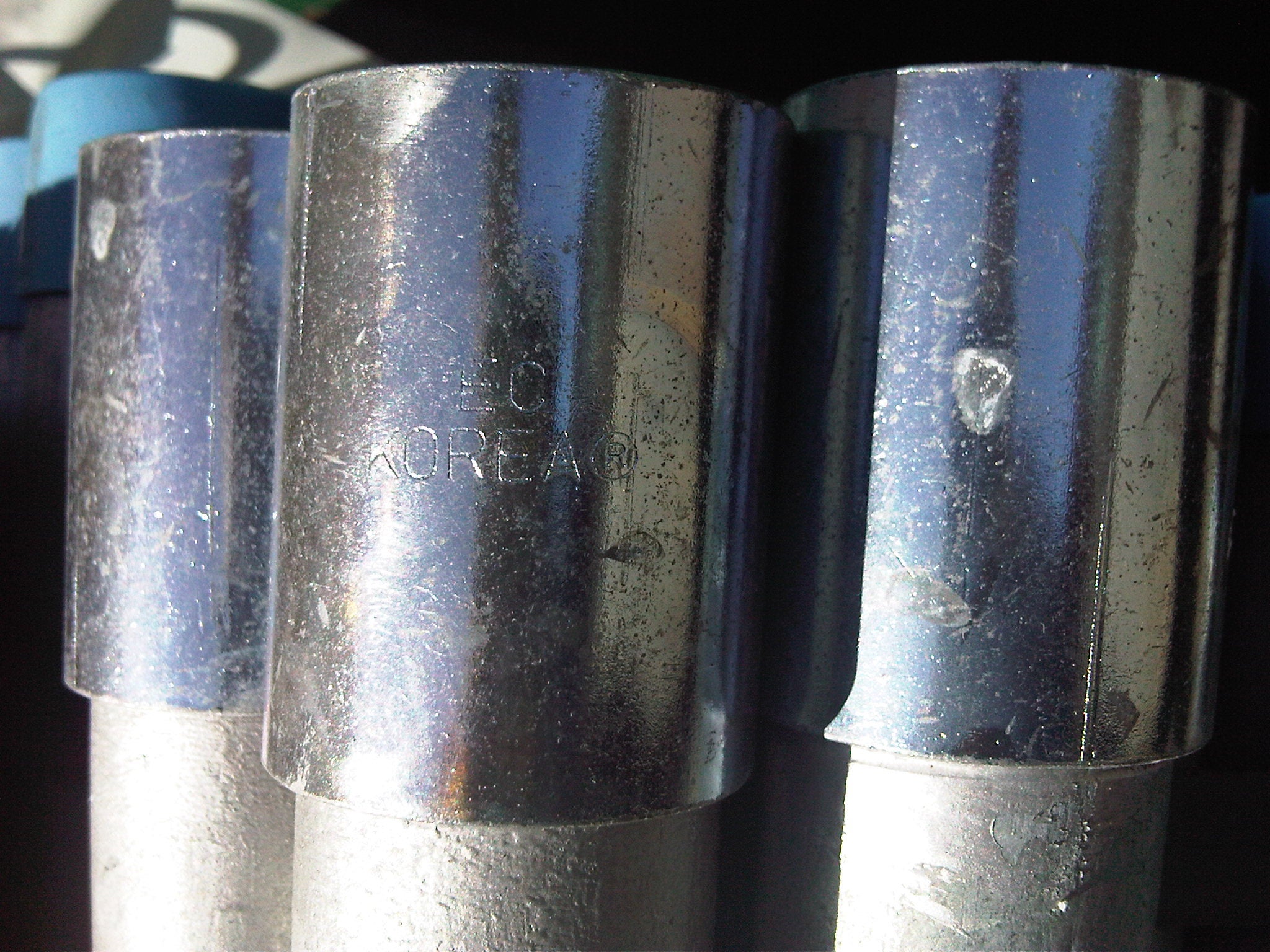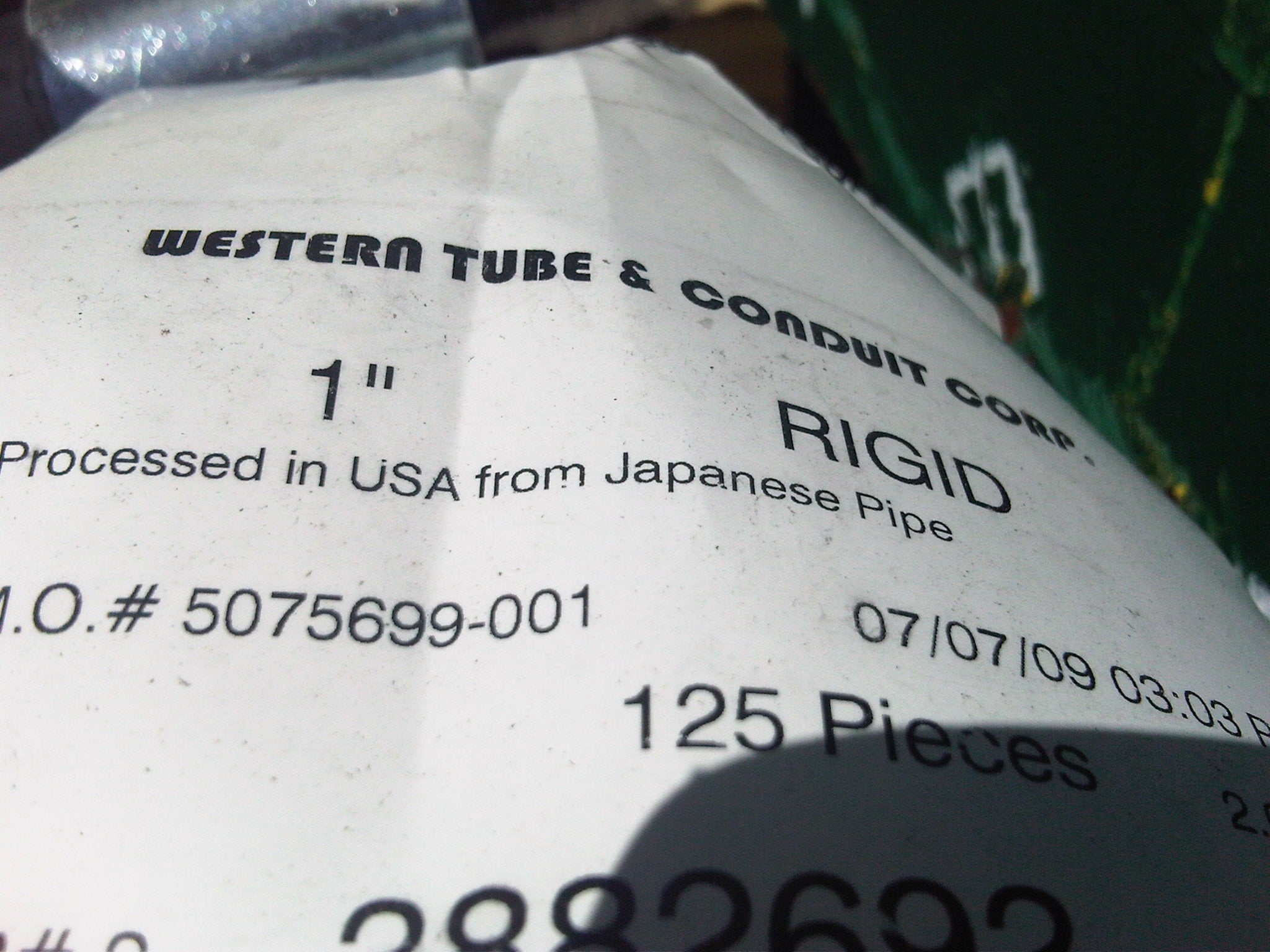Does “Made in America” Mean Made in America?
We all think we know what Made in America means. The concept is simple enough.
And the implications are certainly clear. American manufacturing has always suggested a high standard of quality along with patriotic pride and the support of the economy.
The importance of supporting the domestic economy has become an increasingly critical issue as America continues to work its way out of the deep recession that has engulfed the world over the past few years.
For engineers and contractors, Made in America isn’t just a rallying cry. Meeting the requirements of domestic content laws is a fundamental challenge for the design and construction business.
Long standing federal legislation, such as the Buy America Act as well as more recent laws such as the American Recovery and Reinvestment Act (ARRA), create a series of (often confusing) mandates about the use of American-made products in federally-funded projects. State laws such as Pennsylvania’s Steel Products Procurement Act add an additional layer of complexity.
And the legal landscape is only going to get more complex.
Here at the Wheatland Standard, we’re taking a close look the issues and challenges faced by engineers and contractors when trying to meet the domestic content requirements for complex projects across long supply chains.
Things Are Not Always What They Seem
So, how do you know that a product labeled “Made in America” has really been made in America? It’s easy to be fooled, especially when you’re buying products that are made up of more than one part.
 The label on the lift clearly states “Made in the USA,” but the couplings on these studes tell a different story. As the markings on their exterior indicate, these couplings were made in France.
The label on the lift clearly states “Made in the USA,” but the couplings on these studes tell a different story. As the markings on their exterior indicate, these couplings were made in France.
 Unfortunately, this type of blatant mislabeling is extremely common. A savvy buyer, therefore, needs to be sure to check the couplings, elbows and nipples on any pipe or tubing product that they wish to purchase.
Unfortunately, this type of blatant mislabeling is extremely common. A savvy buyer, therefore, needs to be sure to check the couplings, elbows and nipples on any pipe or tubing product that they wish to purchase.

Another shipment of pipes labeled “Made in the USA,” despite couplings made in Korea.

Notice the phrase “Processed in the USA from Japanese Pipe.”
There are many components to manufacturing – from raw materials, to initial processing to final assembly. A lot of products are passed off as domestically manufactured, when in fact only one part of the process actually occurs in America.
Some domestic producers carry dual inventories, so if you don’t specifically ask for “Made in the USA” then you may expose yourself to potential chargebacks.
We’ll delve more into that issue in a future post. For now, we urge you to look more closely at the “Made in America” label – it doesn’t always mean what it says.
Tags: American Recovery and Reinvestment Act, Buy America Act, Made & Melted
